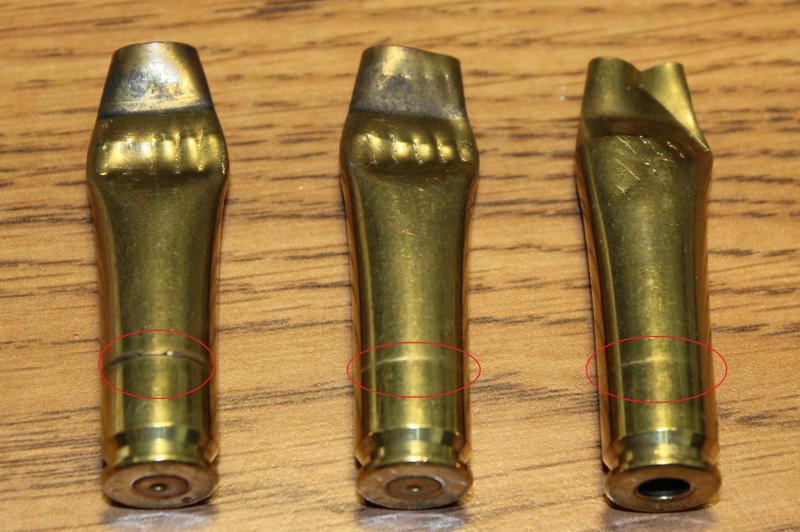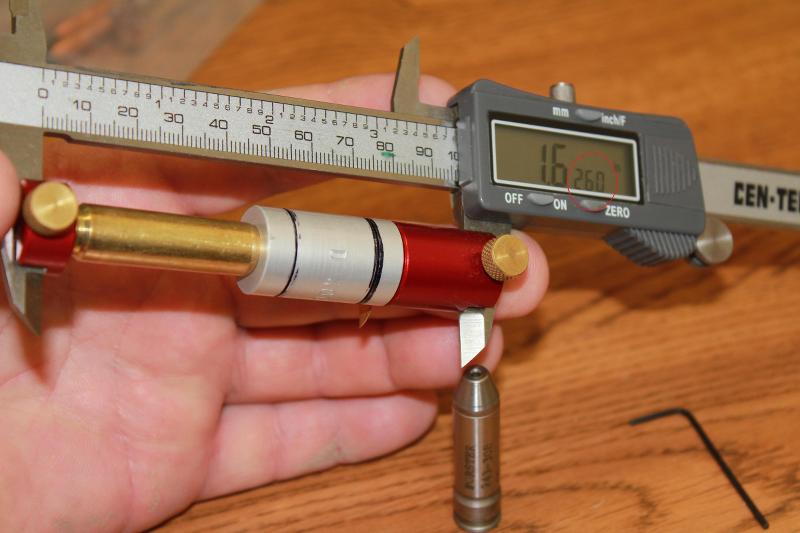Hello all, first post here and first venture into the reloading world. I am experiencing a peculiar issue, to me it seems at least:
I have some once-fired 270Win brass from of A manufacturer out of my rifle. I have some once-fired brass from B manufacturer from my rifle as well, and C, and some purchased brass that was never fired. When trying to set up my die to resize just .001 below the fired cartridge size, measured using Hornady caliper attachment, I noticed the various cartridges from the different manufacturers show fairly significant variation in expansion.
My understanding is that the fired cartridge comes close or closer to a “cast” of the chamber. Probably this varies based on charge and thickness of the case itself. But, from the CoreLok cartridges, my fired measurements are not much over from the factory loaded and unfired ones.
I can post my measurements later so you guys can get an idea of the variation but wanted to get some preliminary thoughts about this. I appreciate the help!
I have some once-fired 270Win brass from of A manufacturer out of my rifle. I have some once-fired brass from B manufacturer from my rifle as well, and C, and some purchased brass that was never fired. When trying to set up my die to resize just .001 below the fired cartridge size, measured using Hornady caliper attachment, I noticed the various cartridges from the different manufacturers show fairly significant variation in expansion.
My understanding is that the fired cartridge comes close or closer to a “cast” of the chamber. Probably this varies based on charge and thickness of the case itself. But, from the CoreLok cartridges, my fired measurements are not much over from the factory loaded and unfired ones.
I can post my measurements later so you guys can get an idea of the variation but wanted to get some preliminary thoughts about this. I appreciate the help!
Last edited:


